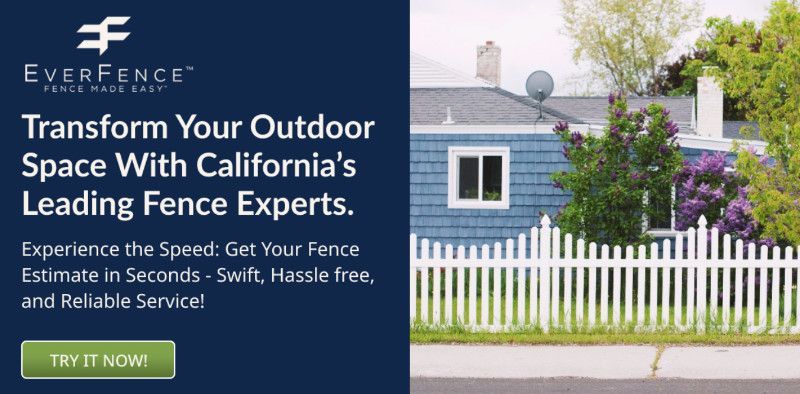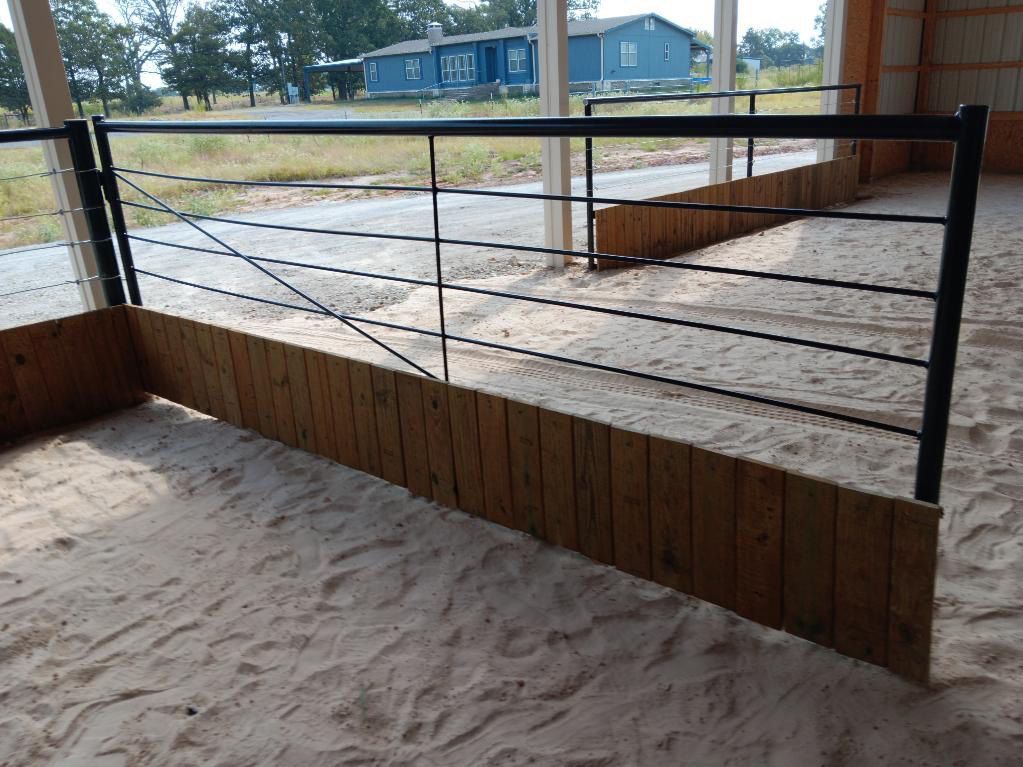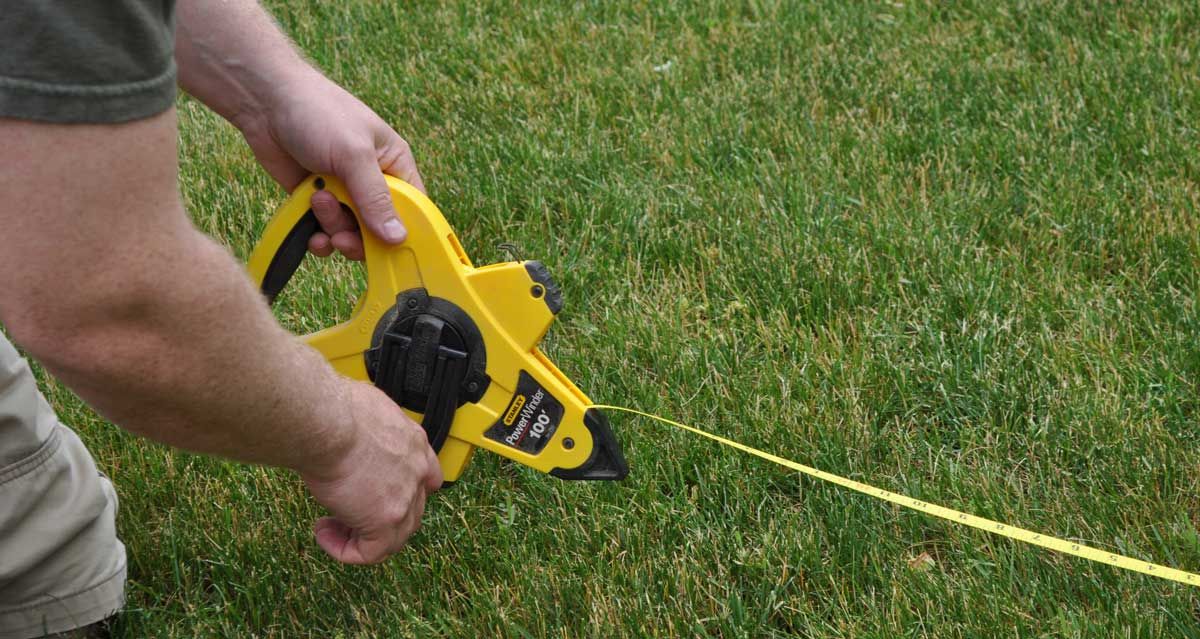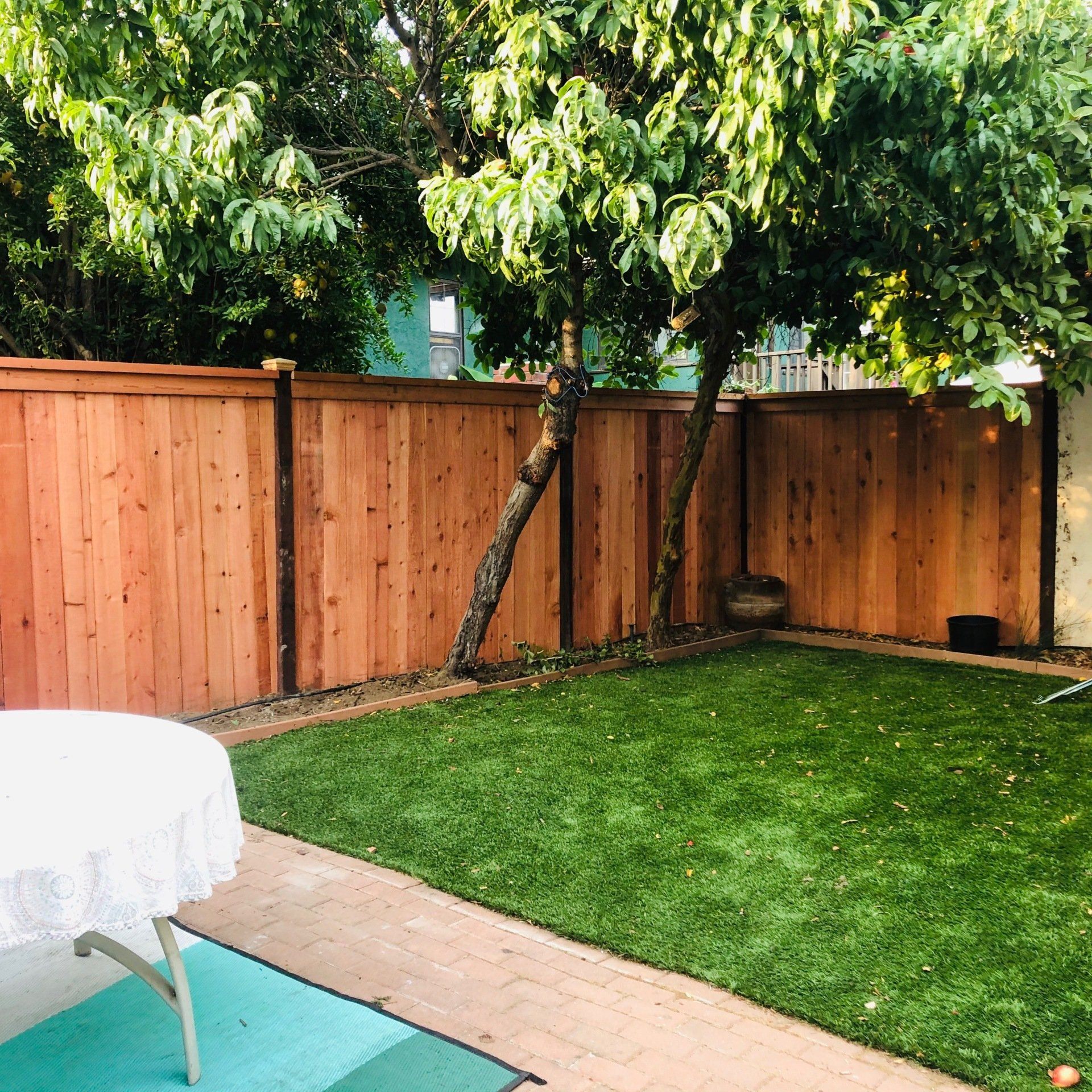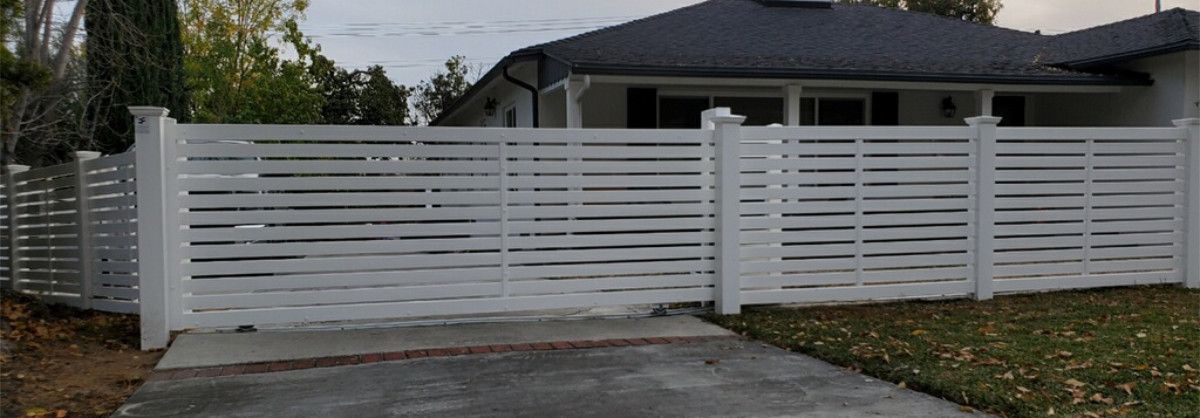California Fence Laws: The Ultimate Guide
California Fence Laws: The Ultimate Guide
Wanting a fence installation in the Golden State? Whether you're contemplating a basic picket fence for your suburban dream home or a chain link fence around your sprawling farmland, don't start digging yet. You’ll need to review both California fence laws as well as your local building code ordinances.
From the permissible heights of fences in various zones to specific rules about shared fences, there’s a lot of ground to cover before picking the best
California fence company for you.
This comprehensive guide will discuss the baseline requirements. So, pick up your proverbial hammer and nails—let's build your understanding of fencing laws in California, one plank at a time.
California Fence Height Laws—Know Your Limits
When it comes to fence installation in California, the sky is not the limit. At least, not without a permit.
Generally speaking, California building codes set a maximum height restriction at 4 feet for front yard fences and 6 feet for backyards. However, as Palmieri, Hennessey, and Leifer LLP note, “If your properties are on sloping land, the height limitation may vary at different points along the fence line.”
While California building code sets overarching rules for fence heights, individual cities often have their own nuances. Case in point: Sacramento sets different rules depending on whether you live in a residential or agricultural zone:
- AG Zone
– Front yard fences are capped at 7 feet. Side street and interior yard fences also have a 7-foot limit, but you can add them to a retaining wall up to 4 feet high.
- RD Zone – You can build a solid wall or fence up to 3 feet high, chain link fences up to 4 feet, and open ornamental fences up to 7 feet.
Height Permits
Fence construction rules are contingent on several factors, including:
- Height
- Location
- Building codes
- Zoning codes
If your fence is made of solid wood, concrete, or masonry and is over 7 feet tall—or any material and exceeds 10 feet—a minor use permit will likely be mandatory.
For taller fences, you'll probably need to submit a site plan to the local Permit and Resource Management Department, detailing the fence's proposed location and purpose. After they have received your permit request, the department may ask for a site plan to assess whether a use permit is, indeed, required.
Pools
Although pools can be a wonderful amenity on a property, they also represent a potential safety hazard, especially for small children. In order to minimize drowning risks, California has strict rules on fencing around outdoor, in-ground pools.
Is your pool deeper than 18 inches?
If so, section 305 states you
must encircle it with a
pool fence or some other type of barrier to restrict access. And the pool fence must meet stringent conditions.
To start, it needs a self-closing and self-latching gate. This ensures that even if you forget to secure it, the gate will close and latch on its own. Additionally, the release mechanisms for the gate must be placed at least 54 inches above the ground. These measures are designed to keep children from easily accessing this area, providing additional pool safety.
There are two exceptions to this rule:
- Spas and hot tubs with a lockable safety cover that complies with the American Society for Testing and Materials (ASTM).
- Swimming pools that have a powered safety cover that complies with ASTM.
California Good Neighbor Fence Law
Do you have a shared fence with your neighbor? Unlike Texas fence laws, you and your adjoining property owner are generally required to split fencing costs in California. This is thanks to Civil Code 841, otherwise known as the Good Neighbor Fence Law.
According to 841, both parties are assumed to equally benefit from the shared fence. Therefore, both have equal responsibility for fence maintenance, construction, and replacement costs. If you live in a HOA community,
HOA fence rules may require this as well.
So, if you want to make changes to your boundary fence, you need to provide your neighbor 30 days' written notice. This should outline several facets including:
- The proble
- The proposed fencing solution
- The total cost estimate
- How you would like to split the bill
- The estimated timeline
mThat said, this California law providessome wiggle room. If you can prove that sharing costs are "unjust"—maybe it imposes a financial hardship or the boundary fence doesn’t really benefit you—you may not have to chip in equally or at all. Just know that the court will consider multiple factors, like the fence's value addition to your property and your financial circumstances.
Don’t Fence Yourself In—Let EverFence Help
Constructing a fence in California is more than just looking at the different types of fences and materials. It's about navigating a maze of regulations, from height restrictions to shared responsibilities with your neighbor. And if you have a pool, even more rules apply.
So if you are looking for fence services in California, why navigate that legal labyrinth alone?
Partnering with experts who know the ins and outs of fencing laws in California—like the professionals at
EverFence—can save you time and money while preventing legal headaches and neighborly disputes.
With more than 2 decades of experience, our California fencing company knows every rule and regulation. There’s no project too big, too complex, or too small for our team to handle.
Your fence, our expertise—let’s make it happen together. Get an instant quote today.
Sources:
- PHL Law. California Fencing Laws. https://www.phl-law.com/blog/2023/02/california-fencing-laws/
- Sacramento. Code Enforcement: Fences. https://code-enforcement.saccounty.gov/Programs/Pages/Fences.aspx
- Building Codes. Section 305: Barrier Requirements. https://cms4files.revize.com/northfieldtwpmi/Pool_Barrier_Requirements.pdf
- California. Civil Code 841. https://leginfo.legislature.ca.gov/faces/codes_displaySection.xhtml?lawCode=CIV§ionNum=84
- PHL Law. California Fencing Laws. https://www.phl-law.com/blog/2023/02/california-fencing-laws/
- Sacramento. Code Enforcement: Fences. https://code-enforcement.saccounty.gov/Programs/Pages/Fences.aspx
- Building Codes.Section 305: Barrier Requirements. https://cms4files.revize.com/northfieldtwpmi/Pool_Barrier_Requirements.pdf
- California. Civil Code 841. https://leginfo.legislature.ca.gov/faces/codes_displaySection.xhtml?lawCode=CIV§ionNum=841
(949) 287-2872 Orange County
(562) 946-2872 Los Angeles County
(805) 707-3243 Ventura County
(619) 977-0717 San Diego
(972) 955-5074 Dallas, TX
(321) 320-6744 Orlando, Florida
LOCATIONS
Los Angeles | San Diego | Dallas | Fort Worth | Ventura | Orange County | Southern California | Texas | Florida
CREDENTIALS |
Privacy Policy |
COOKIE POLICY |
TERMS & CONDITIONS |
Careers |
MORE INFO
All Rights Reserved | EverFence

